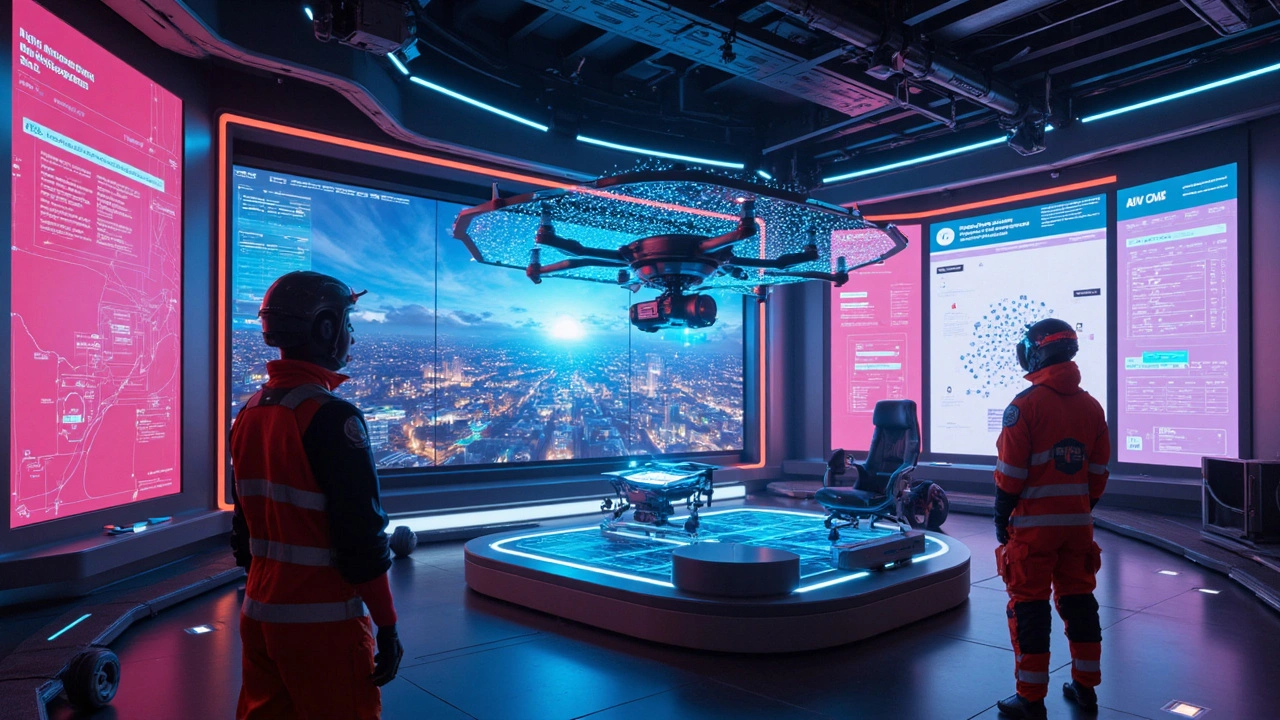Disaster Management: Practical Strategies & Tech Tools
When a storm, earthquake, or any sudden crisis hits, the difference between chaos and control comes down to how prepared you are. Disaster management isn’t just about reacting after something goes wrong; it’s a mix of planning, coordination, and using the right tools to keep people safe and get things back on track fast.
Key Principles of Effective Disaster Management
First off, know the risks in your area. Whether you live near a floodplain, a fault line, or a wildfire zone, mapping hazards tells you where to focus your effort. A simple risk assessment worksheet can help you rank threats by likelihood and impact.
Next, build a solid emergency plan. Start with a clear chain of command – who calls the shots, who communicates, and who handles logistics. Keep contact lists up‑to‑date, assign roles (like shelter manager, medical lead, supply coordinator), and run short tabletop drills every few months. Real‑world drills are priceless; they expose gaps you’d never see on paper.
Communication is the lifeline of any response. Set up multiple channels – phone trees, group texts, radio, and a backup email list. Test each channel regularly and have a clear message template ready for different scenarios (evacuation, shelter‑in‑place, recovery).
Supply kits should be more than just a few cans of food. Include first‑aid gear, personal protective equipment, portable power banks, and a basic toolkit. Rotate perishable items annually and store everything in a weather‑proof location.
Finally, after a disaster strikes, conduct a quick after‑action review. What worked? What didn’t? Capture lessons in a simple report and update your plan accordingly. Continuous improvement keeps the system lean and ready for the next event.
Tech Trends Shaping Disaster Response
Technology is a game‑changer for disaster management. AI‑driven analytics can sift through satellite images and predict flood paths within hours, giving responders precious time to evacuate at‑risk neighborhoods.
Drones provide real‑time aerial footage of damaged areas, helping teams locate survivors and assess structural safety without putting personnel in danger. Many local agencies now pair drones with GIS mapping software to create live damage maps that guide resource deployment.
Mobile apps let citizens report incidents instantly. A simple button tap can send a location‑tagged photo to the central command center, turning every smartphone into a sensor network. This crowdsourced data often fills gaps that official sensors miss.
Cloud‑based platforms keep all the information – maps, contact lists, supply inventories – accessible to anyone with an internet connection. No more lugging around paper copies; updates happen in real time, and multiple agencies can collaborate on the same dashboard.
Finally, consider low‑tech backups. Solar‑powered radios, handheld GPS units, and printed emergency cards are essential when power or internet goes down. The best tech strategy blends high‑tech tools with reliable low‑tech options.
Putting these steps and tools together builds a disaster management system that’s both robust and adaptable. Start small – map your risks, set up a communication chain, and test your plan – then layer in the tech that fits your budget and community needs. When the next crisis arrives, you’ll be ready to act fast, stay organized, and keep everyone safe.

The Role of AI in Disaster Management
AI is transforming disaster management by improving prediction accuracy, enhancing communication, and aiding in efficient resource allocation. From predicting natural disasters to coordinating emergency responses, AI offers tools that improve preparedness and safety. Utilizing real-time data, machine learning, and predictive analytics, AI can significantly reduce response times and casualties. It's essential to explore how these advancements can be integrated effectively into current disaster management practices to optimize outcomes.